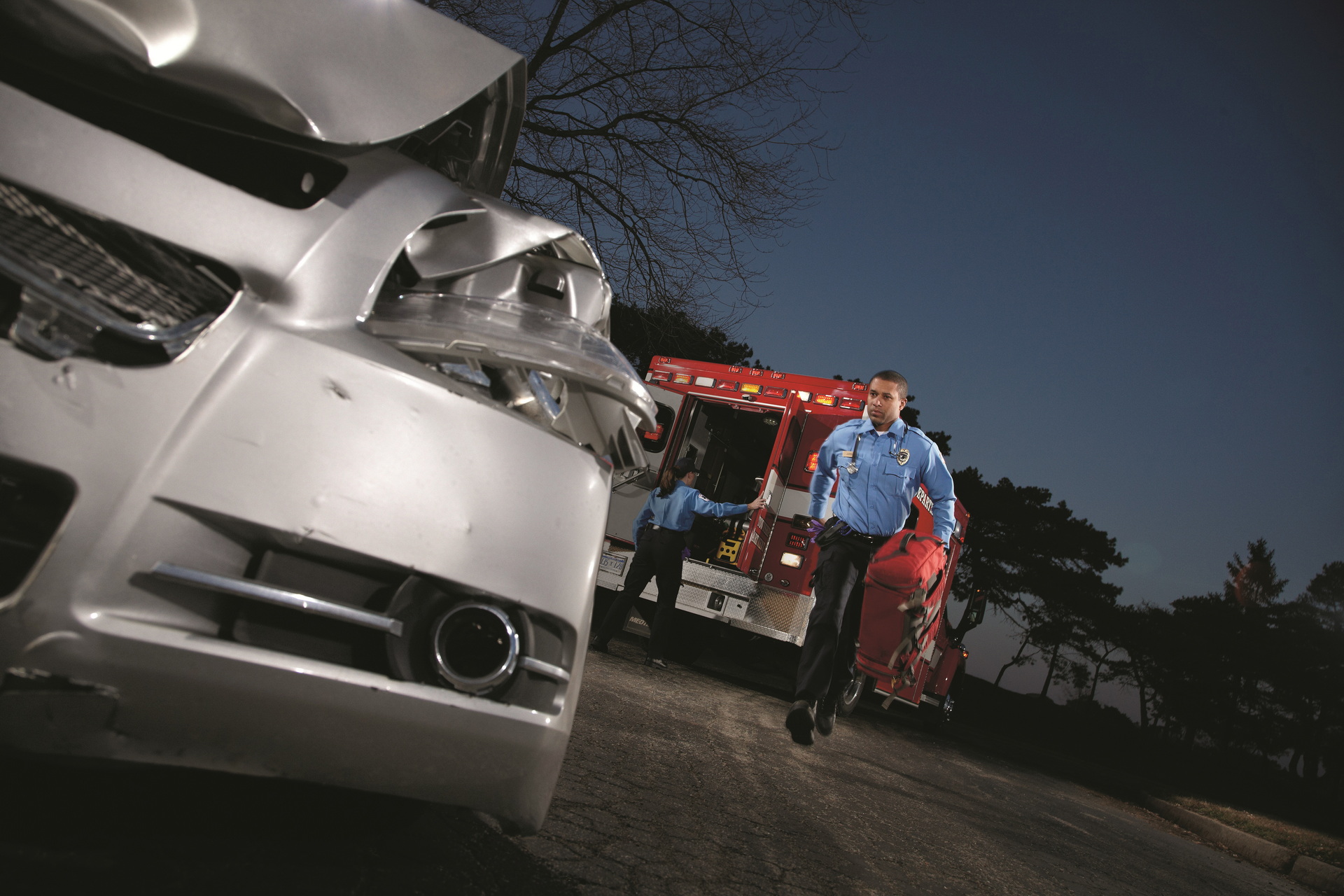Road deaths in the United States have been growing steadily, and their reduction has become a major priority for the White House. But the trend isn’t universal. In fact, nearly all other developed countries have seen deaths decline over the last 10 years. And lawmakers can look northward for hints as to why.
While U.S. road deaths rose 19 percent between 2010 and 2020, the Canadian figure fell at almost the same pace. That means that around 118 in every million Americans died in a crash in 2020, 2.5 times more than the 46 of every million Canadians who died in the same year.
Although the countries share the world’s largest border, several differences may explain the diverging rates, according to Bloomberg. One of the biggest factors, though, may be each jurisdiction’s treatment of drunk drivers.
Read More: U.S. Motor Vehicle Deaths Jump 18.4% In First Half Of 2021, Hit 15 Year High
Although it is illegal to drive with a blood alcohol level (BAC) of more than 0.08 percent in almost every state (it’s 0.05 percent in Utah), people found driving drunk in the U.S. can wait months for a hearing and penalties vary widely from state to state and from case to case because prosecutors have a lot of influence over how they are handled. In Canada, meanwhile, driving with a BAC of more than 0.05 carries immediate penalties that are predictable and severe.
“Across the provinces, you immediately get penalties like seven-day licenses suspensions, car impoundments, and an alcohol ignition interlock installed,” Robyn Robertson, the CEO of Ottawa’s Traffic Injury Research Foundation, told Bloomberg. “In the U.S., it might take six to nine months just to have a court hearing.”
Similarly, Canada is increasingly employing traffic enforcement cameras, which can be resisted in the U.S. There is substantial research tying the use of these cameras to safer roads, but in the U.S. the use of traffic cameras remains controversial.
In addition, a number of policies have meant that Canadians simply drive less than Americans. Higher gas taxes, densely grouped populations, and greater public transit use mean that Canadians drive 50 percent less per capita than their southern neighbors. All things being equal, less driving means fewer road deaths.
Perhaps Americans should be more worried about their traffic fatality figures; Canadian researchers certainly are.
“The US traffic fatality numbers are horrifying,” said Ian Jack, VP of public affairs at the Canadian Automobile Association. “It worries me about the future here in Canada, because we often end up emulating the US some years later.”






